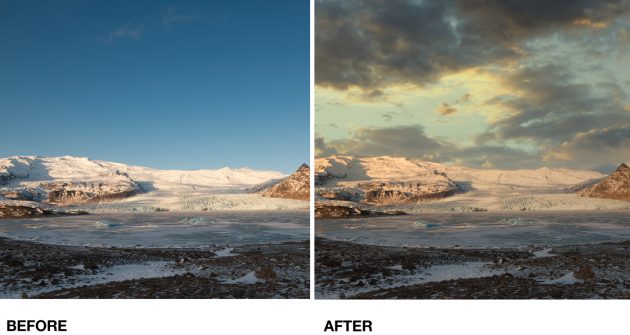I feel I should justify that – it’s silly ‘photo‘ season again – this is the moment when all the software companies, creating largely useless software supposed to make your images stupendous, announce offers on all their old stuff before launching ‘new’ versions.

Topaz, Skylum even DxO – they’re all at it. What’s the point? I mean, I’m not against software to ‘repair’ images, to get rid of spots, or increase contrast etc. but these programmes can radically change the original images – to the point that they’re nothing, but nothing like the originals.
I fully realise that there are photographers out there who consider that they just need to use ballpark camera settings to get a shot, then when they get home, the fun starts – they think they can correct EVERYTHING, colour balance, focus – the works!
I admit I picked up the NIK collection when it was free – I think I used it once – and frankly I’m glad I didn’t pay for it.
If an image looks overly reworked, it probably has been – HDR has been run into the ground – everybody uses it, to the point that a ‘real’ unretouched image looks pale…however, the unretouched « effect » is probably the closet thing to ‘real’. Most photographers use the three basic effects at the disposal of everyone with a camera – the shutter speed, the aperture and the film speed/ISO.
For 95% of images, the ‘effects’ can be created simply by the experience of the photographer – he judges the speed or aperture, positions himself with regards to the predominant light etc. all to get the effect he wants, or more, to recreate what he sees in the scene.
I admit I have used graduated neutral density filters – probably three times in the last ten years (mainly because I forget to take them out with me….) but the hassle with these things is compounded by the fact that they don’t fit any of my ultra-wide angle lenses – so it’s back to basic exposure compensations…
Try to be original – try to look at a scene and previsualise it, knowing what an under or over exposure could do to improve it, in your eyes…before you resort to hours of post treatment.
